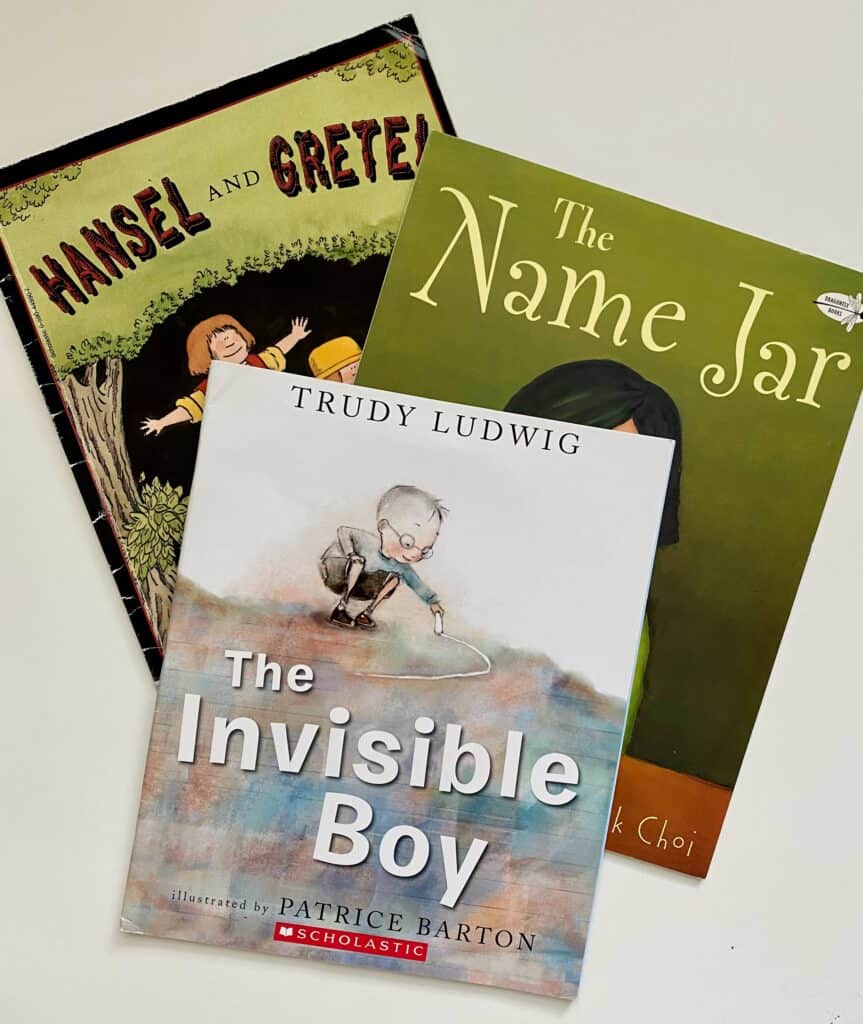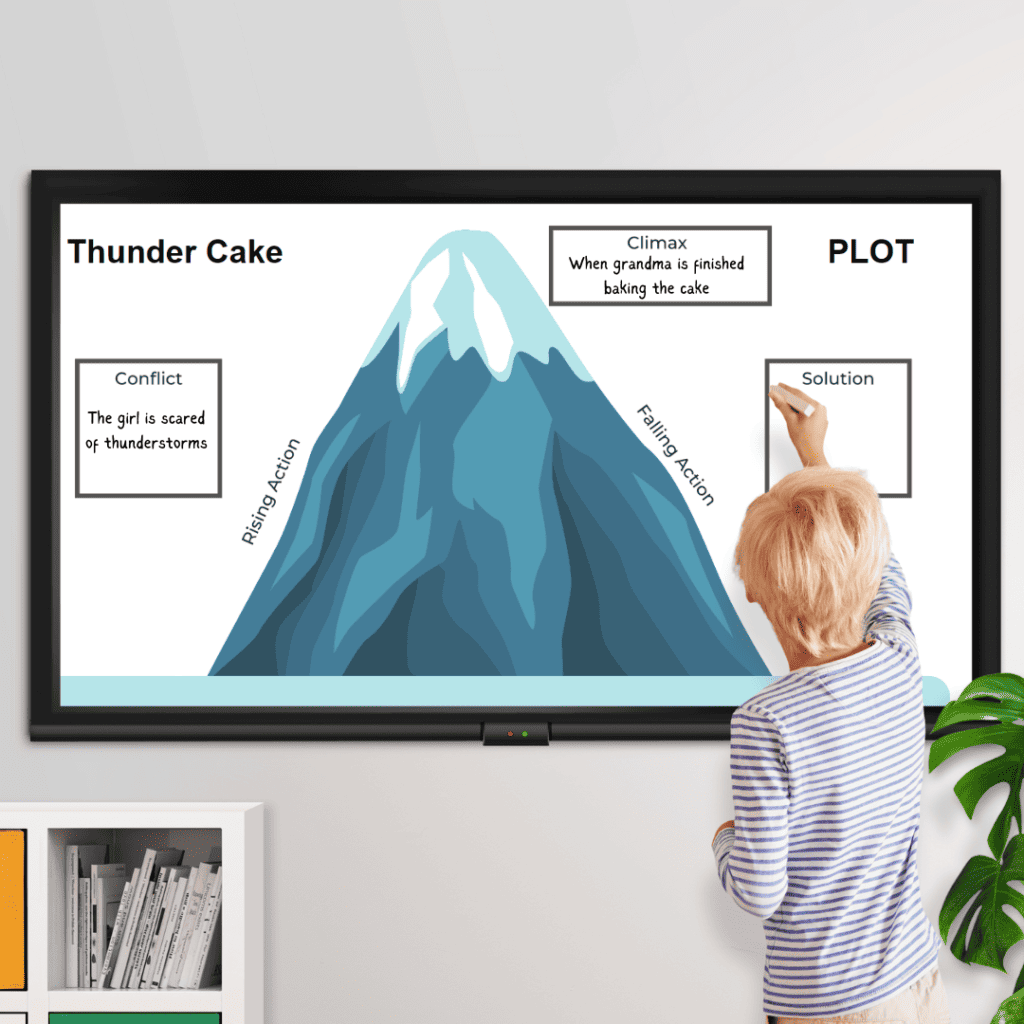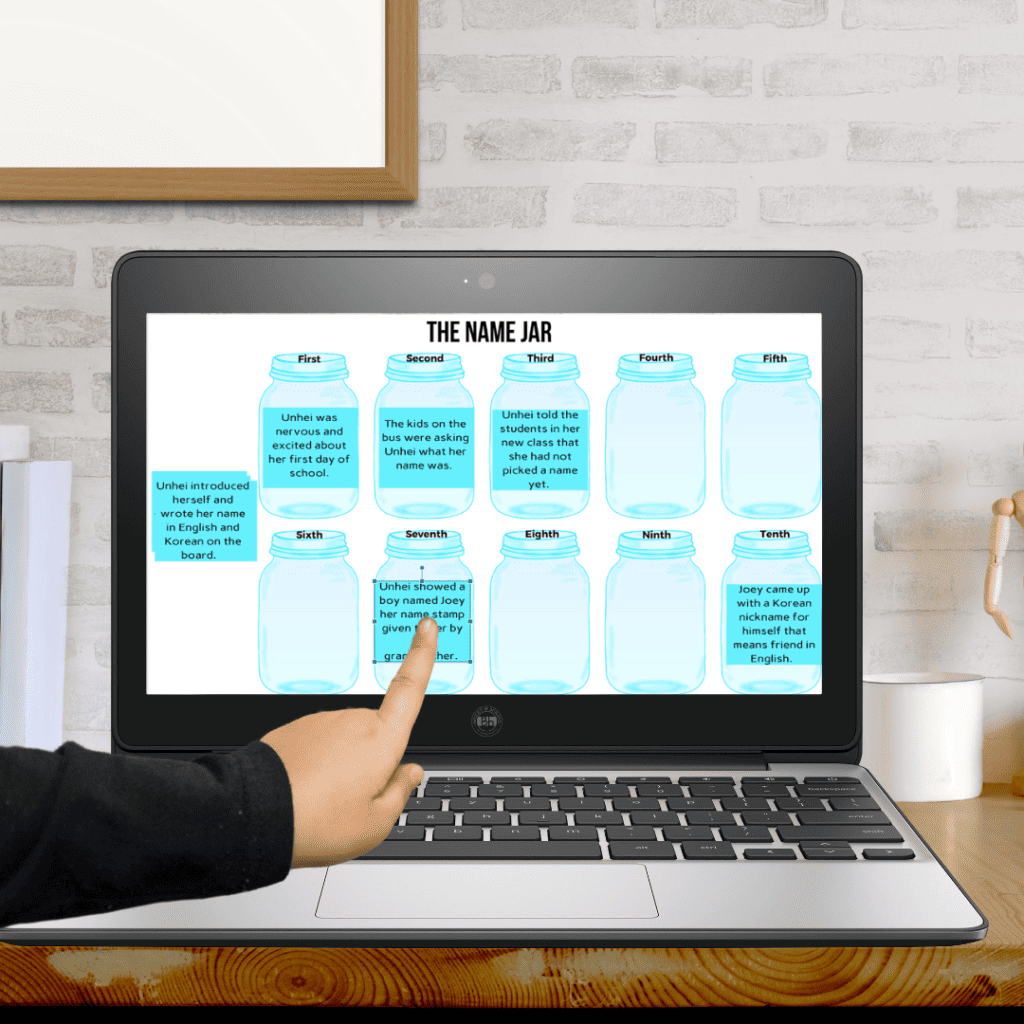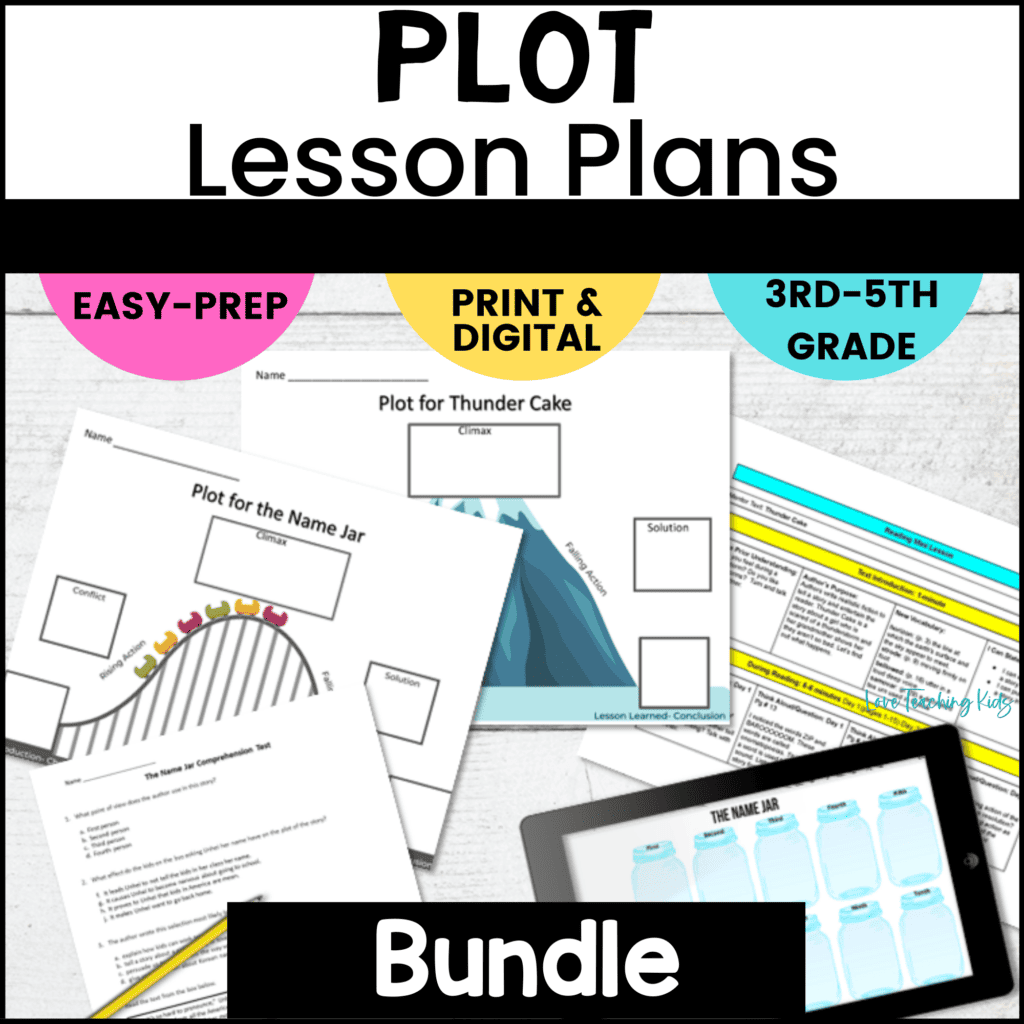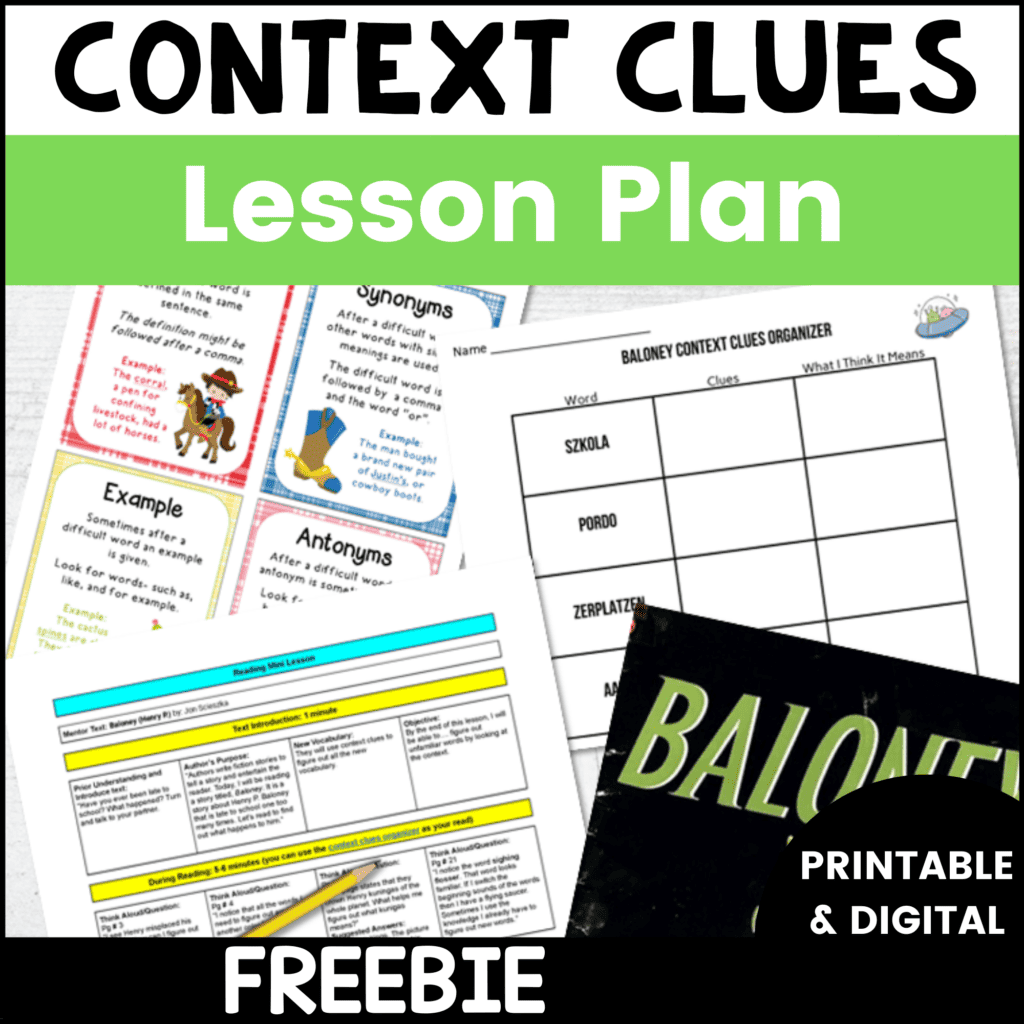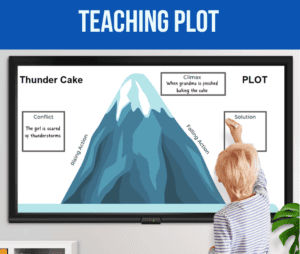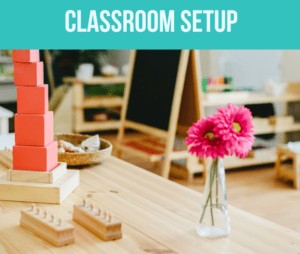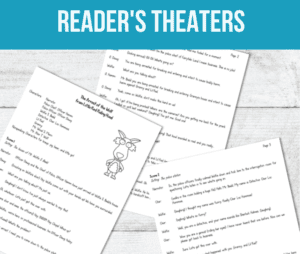Every one of us knows the magical feeling of getting lost in a good book. The thrills of an unfolding story, the anticipation of what’s to come – all woven together in a well-crafted plot. I can’t stress enough how important it is for our kids to grasp the concept of plot structure.
To make the learning process engaging and effective, I’ve often turned to a delightful teaching aid – picture books! Let’s journey together through the power of these resources in teaching plot to our upper elementary students.
Advantages of Using Picture Books
Picture books are like a secret weapon. With their engaging illustrations and bite-sized texts, they’re the perfect tool for teaching complex concepts. Picture books bring the following to our classrooms
- Accessibility: Who doesn’t love a good picture book? They’re engaging and fun, perfect for catching and holding our students’ attention.
- Visual Aid: Images can often convey what words cannot. The visuals in picture books provide a tangible context to the abstract idea of plot.
- Diverse Themes: The wide variety of themes offered by picture books ensure there’s always a story that our students can connect with.
Choosing the Right Picture Books for Teaching Plot
When I’m selecting picture books to teach plot, here’s what I usually look out for:
- Clear and discernible plot: The events of the story need to make sense and follow a logical pattern.
- Engaging illustrations: The images need to serve the narrative and not confuse it.
- Age-appropriate themes: A good story should resonate with our students, making them eager to participate in the learning process.
Here are some of my favorites:
- “The Name Jar” by Yangsook Choi: Join Unhei, a young girl who has just moved to the United States, as she grapples with her Korean name. This book takes students on a journey through the exposition of Unhei’s new school, the rising action as her classmates try to help her choose a new name, the climax when Unhei decides to embrace her own name, and the resolution as her classmates accept and celebrate her identity.
- “The True Story of the Three Little Pigs” by Jon Scieszka: This humorous retelling of the classic fairy tale presents the perspective of the Big Bad Wolf. It’s a perfect choice for introducing the elements of plot, including exposition, rising action, climax, and resolution.
- “Thunder Cake” by Patricia Polacco: This book effectively utilizes plot structure, engaging young readers through its exposition of fear, rising action as a storm approaches, climax when the cake is baked during the storm, and resolution as fear is conquered. It’s a captivating book for teaching plot in a concise and impactful way.
Effective Strategies for Teaching Plot with Picture Books
Over the years, I’ve found the following strategies extremely effective while teaching plot with picture books:
Pre-reading activities:
- Make predictions about the story based on the cover and title. The students love guessing and the sense of anticipation this creates.
- Discuss the author and illustrator, connecting the story to real people.
During reading activities:
- Create a plot diagram or story map. This visual representation of the plot works wonders in helping students understand the narrative’s progression.
- Pause and discuss. Stopping at key points for predictions and clarifications keeps the students engaged and attentive.
Post-reading activities:
- Analyze the plot as a group. This helps students understand the flow of the story and the importance of each event.
- Ask the students to retell or rewrite the plot. This exercise allows them to put their understanding into practice.
Tips for Maximizing Engagement and Comprehension
- Make it personal. Link the story to students’ own experiences for a deeper understanding of the plot.
- Encourage visualization. This not only helps in understanding the plot but also makes the reading process more fun.
- Discuss the text-illustration relationship. This aids in understanding how visual and textual elements together build a plot.
- Foster group discussions. Peer learning is a powerful tool that can lead to better understanding and retention.
Addressing Challenges and Differentiating Instruction
- For struggling students, breaking the story down into smaller parts can make the plot more manageable.
- Different reading levels in your class? No worries. Picture books come in varying degrees of complexity, allowing you to adapt your lessons as needed.
- Don’t forget technology. Using multimedia resources can complement your teaching and make learning interactive.
I’ve recently made some plot lesson plans using the books “The Name Jar” and “Thunder Cake”. These lesson plans take away a lot of the stress in planning and ensure you have all the right tools to effectively teach plot to your students. They are packed with practical tips, engaging activities, and provide a comprehensive guide to teaching plot. Click on the picture below to see more about the lessons.
Resources and Further Reading
If you are interested in trying out one of my lesson plans for free, I have an easy-to-use lesson plan on context clues. I use the picture book “Baloney” to help you teach kids how to figure out the meanings of difficult words when they are reading. You can get the free lesson plan by clicking on the picture below.
If you would like to learn more about how to make your own reading lesson plans, go check out this blog post.
Remember, teaching is a journey we’re on together. Do share your experiences, tips, and suggestions in the comments section below.
Here’s to another day of molding young minds,
Jennifer

